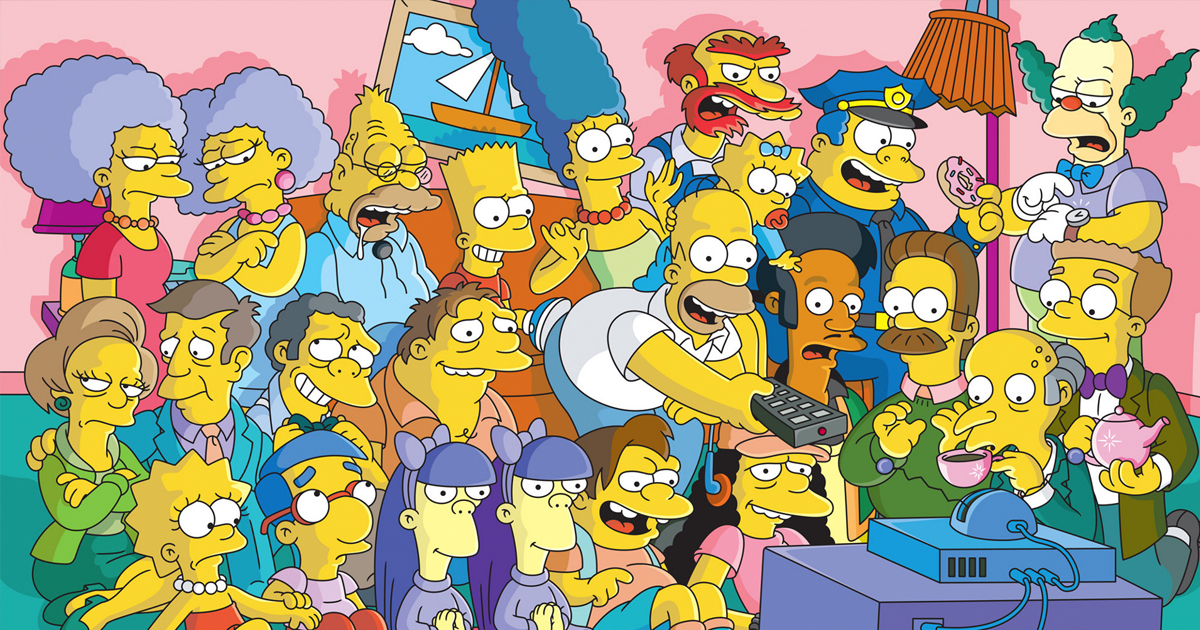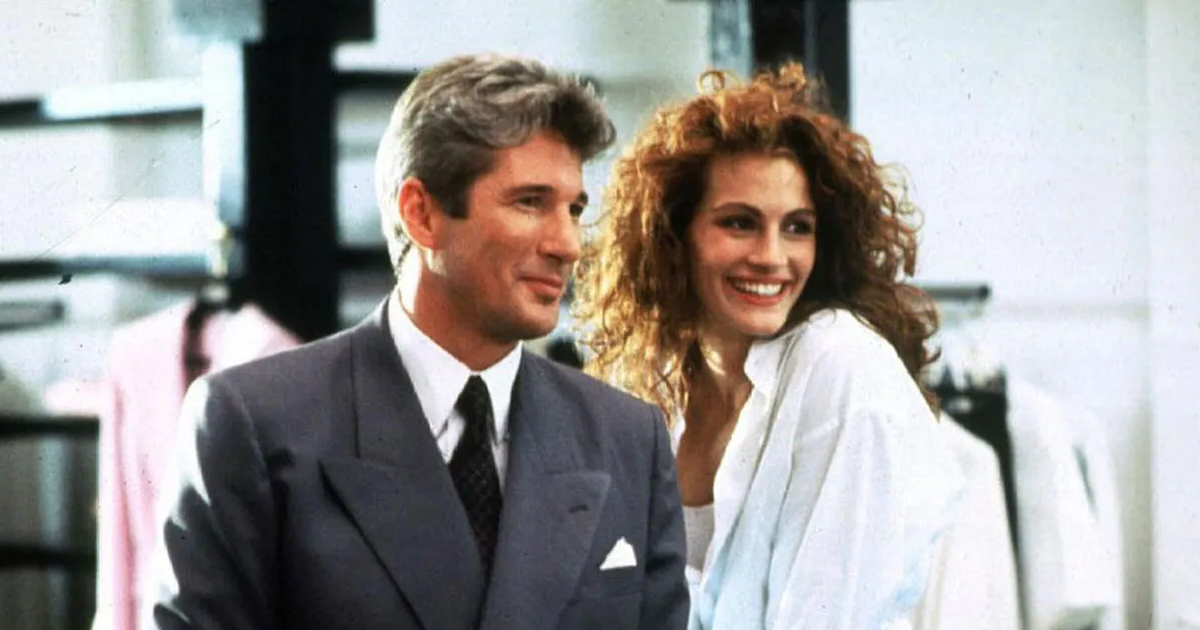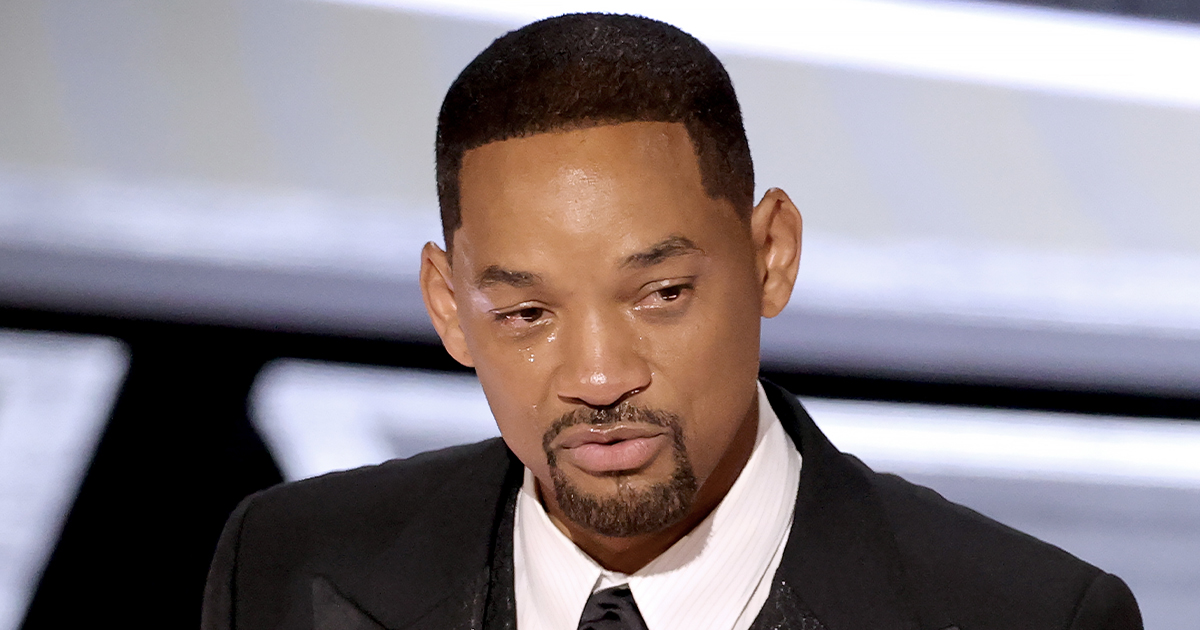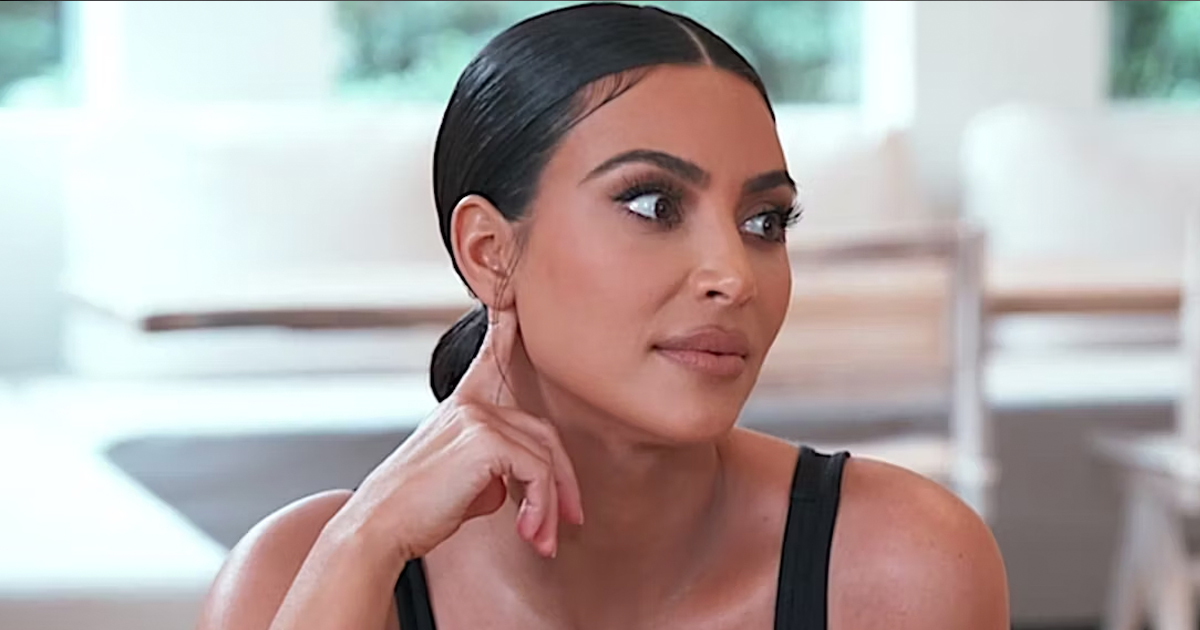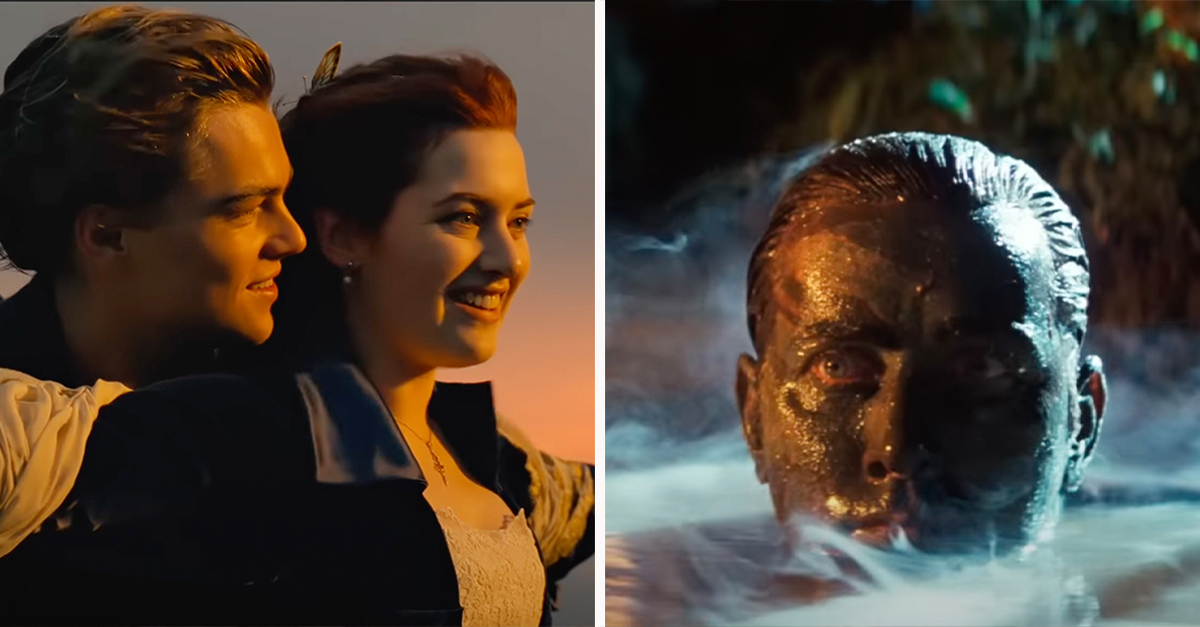Their Presence Lingered
Step back into the 1970s, a time when TV screens lit up with unforgettable talent. These legends captivated audiences, leaving a legacy that continues to spark conversations among fans today.

Carol Burnett
Before Saturday Night Live became synonymous with sketch comedy, The Carol Burnett Show pioneered the format's essential elements in the 1970s. Burnett's groundbreaking blend of vaudeville performance and scripted sketches was distinguished by uniquely personal touches: spontaneous Q&As with audience members to start each show, and her signature ear-tug finale.
 CBS Television, Wikimedia Commons
CBS Television, Wikimedia Commons
Ron Howard
From his charming debut as little Opie Taylor on The Andy Griffith Show to winning America's hearts as Richie Cunningham in Happy Days, Ron Howard's acting journey laid the groundwork for an even greater calling. His pivotal connection with George Lucas helped bridge his bold transition from beloved TV star to accomplished filmmaker.
 ABC Television. Uploaded by We hope at en.wikipedia, Wikimedia Commons
ABC Television. Uploaded by We hope at en.wikipedia, Wikimedia Commons
Betty White
Betty White's television presence blossomed through her frequent appearances on the game show Password during the 1970s, and this led to her breakthrough role as the sharp-tongued Sue Ann Nivens on The Mary Tyler Moore Show. Her performance earned her a first Emmy Award in 1975.
 CB Television, Wikimedia Commons
CB Television, Wikimedia Commons
Robin Williams
What began as a quirky guest character on Happy Days evolved into television history when Robin Williams brought Mork from Ork to life. Williams's rapid-fire improvisation and physical comedy transformed the alien visitor into a sensation, leading to the 1978 launch of Mork & Mindy.
Robert Reed
A classically trained actor from Northwestern University’s renowned drama program, Robert Reed carried Shakespearean weight into an unlikely setting: America’s living rooms. He first appeared as Mike Brady on The Brady Bunch, all while pursuing his artistic ambitions as Lieutenant Adam Tobias on Mannix throughout the 1970s.
 ABC Television., Wikimedia Commons
ABC Television., Wikimedia Commons
Tony Randall
Because Tony Randall adored opera, audiences often imagined he and Jack Klugman shared Broadway’s musical stage in their 1975 prime. The truth was different yet just as theatrical—Randall never joined a musical, but the pair toured together in the straight play version of The Odd Couple.
 ABC Television, Wikimedia Commons
ABC Television, Wikimedia Commons
Michael Landon
For nine treasured seasons, Little House on the Prairie introduced Charles Ingalls through Michael Landon’s heartfelt performance. Already a household name from Bonanza, Landon shaped another unforgettable television patriarch. Off camera, he was known for one odd ritual—snacking on raw hamburger between scenes.
 NBC Television, Wikimedia Commons
NBC Television, Wikimedia Commons
Loretta Swit
A dual Emmy Award winner for her work on MASH, Loretta Swit brought depth and dimension to her acting throughout the 1970s. Although she would later earn recognition as an advocate, her focus at the time was acting—showcased not only on MASH but also in acclaimed appearances on The Love Boat.
 CBS Television, Wikimedia Commons
CBS Television, Wikimedia Commons
Ted Knight
Ted Knight demonstrated remarkable range in the 1970s to deliver gravitas as the narrator of Super Friends while portraying the bumbling Ted Baxter on The Mary Tyler Moore Show, a part that earned him a 1973 Emmy. His versatility traces back to early ambitions in puppetry and ventriloquism.
 CBS Television, Wikimedia Commons
CBS Television, Wikimedia Commons
Leonard Nimoy
When Leonard Nimoy first became Spock in 1966, he set television science fiction on a new course. His invention of the Vulcan salute became a lasting cultural emblem, especially during Star Trek’s 1970s popularity. At the same time, Nimoy explored another passion—recording and performing as a musician.
Suzanne Somers (Chrissy Snow)
When Three’s Company debuted in 1977, Suzanne Somers stole the spotlight as bubbly roommate Chrissy Snow. Her comedic timing and charm made the sitcom a smash hit. Somers later reinvented herself as a businesswoman and wellness figure, until her passing in 2023.
Carroll O'Connor (Archie Bunker)
Though Carroll O'Connor initially set his sights on journalism, destiny had other plans when acting beckoned instead. His 1971 debut as Archie Bunker in All in the Family launched an illustrious television career, which later flourished with his starring role in In the Heat of the Night.
 CBS Television, Wikimedia Commons
CBS Television, Wikimedia Commons
Mary Tyler Moore
That exuberant hat toss in The Mary Tyler Moore Show opening credits became television's enduring image of female empowerment. As a news producer in the groundbreaking 1970s series, Moore revolutionized TV by portraying an unmarried, career-focused woman, marking a dramatic evolution from her earlier role as Laura Petrie.
 CBS Television, Wikimedia Commons
CBS Television, Wikimedia Commons
Alan Alda (Hawkeye Pierce)
Dedicating more than a decade to MASH from 1972 to 1983, Alan Alda made every moment count by wearing multiple creative hats. Beyond bringing the unforgettable Hawkeye Pierce to life on screen, he immersed himself as producer, creative consultant, and co-writer, ultimately earning five Emmy Awards.
 CBS Television, Wikimedia Commons
CBS Television, Wikimedia Commons
Lynda Carter (Wonder Woman)
Talk about parallel transformations: Lynda Carter went from a talented singer to Miss World USA champion to a television star. Her most famous role featured another kind of spin—the dazzling “Wonder Woman spin” that transformed Diana Prince into the Amazon warrior during the 1975–1979 series run.
 ABC Television, Wikimedia Commons
ABC Television, Wikimedia Commons
Bill Bixby (The Incredible Hulk)
Before CGI, CBS’s The Incredible Hulk (1978–1982) relied on cross-fades, makeup, and effects to transform Bill Bixby into his green alter ego. Yet it was Bixby’s layered portrayal of Dr David Bruce Banner that convinced audiences a scientist’s humanity could fracture into something monstrous.
 CBS Television, Wikimedia Commons
CBS Television, Wikimedia Commons
Farrah Fawcett
Farrah Fawcett’s rise played out across the media. Her red swimsuit poster defined 1970s iconography, and her sharp performance as Jill Munroe on Charlie’s Angels cemented her stardom. In 1980, Andy Warhol immortalized her on canvas, turning a television favorite into a lasting cultural symbol.
 ABC Television, Wikimedia Commons
ABC Television, Wikimedia Commons
John Travolta
"Up your nose with a rubber hose" might sound like schoolyard silliness, but this cheeky retort evolved into a national phenomenon thanks to John Travolta in Welcome Back, Kotter (1975-1979). Travolta transformed a simple catchphrase into cultural gold, and for this, he became an iconic symbol of 1970s television.
 ABC Television Network., Wikimedia Commons
ABC Television Network., Wikimedia Commons
Henry Winkler (The Fonz)
With his “ayyy” catchphrase and endless merchandise, the Fonz became television’s ultimate 1970s icon. Yet Arthur Fonzarelli began as a sidelined greaser—ABC even resisted him at first. Henry Winkler’s layered performance changed everything, and it transformed him into Happy Days’s charismatic centerpiece and a lasting cultural phenomenon.
 ABC Television, Wikimedia Commons
ABC Television, Wikimedia Commons
Angela Lansbury
Angela Lansbury’s defining television moment came later than most. After skipping much of 1970s TV, she discovered her ideal role in 1984 as Jessica Fletcher on Murder, She Wrote. Though 18 Emmy nods brought no trophies, her beloved sleuth became an enduring television legacy.
 CBS, Murder, She Wrote (1984–1996)
CBS, Murder, She Wrote (1984–1996)
Fred Rogers
A musician at heart, Fred Rogers composed over 200 songs and 13 operas that became the melodic foundation of Mister Rogers' Neighborhood. This artistic sensibility shaped every element of his groundbreaking 1970s children's show, from his sneaker-clad footsteps to his piano performances.
 Unknown authorUnknown author, Wikimedia Commons
Unknown authorUnknown author, Wikimedia Commons
Marlo Thomas
When That Girl debuted, television would never be the same, as Marlo Thomas revolutionized how single women were perceived on the small screen. The daughter of entertainment legend Danny Thomas carved her own pioneering path, transforming from TV royalty into a feminist icon who shaped generations of shows to come.
 ABC Television, Wikimedia Commons
ABC Television, Wikimedia Commons
Bob Denver
Few actors become so completely identified with a single role as Bob Denver did with Gilligan. His unforgettable character on Gilligan's Island charmed 1960s viewers with that distinctive red shirt, white sailor hat, and light-colored pants ensemble. Through 1970s reruns and reunion specials, Denver's portrayal remained a beloved television touchstone.
 CBS Television, Wikimedia Commons
CBS Television, Wikimedia Commons
Donny Osmond
In an era when America was split between country twang and rock and roll swagger, ABC's Donny & Marie perfectly captured this cultural divide through their signature segment. Rising from guest spots on The Mike Douglas Show, the siblings landed their own variety show in 1976, dominating television until 1979.
 ABC Television, Wikimedia Commons
ABC Television, Wikimedia Commons
Bea Arthur
Before The Golden Girls, Bea Arthur dominated 1970s television as Maude Findlay in Maude (1972–1978). A spin-off from All in the Family, the series boldly tackled abortion, mental health, and women’s rights. Arthur’s commanding presence and sharp wit made Maude a groundbreaking cultural force.






